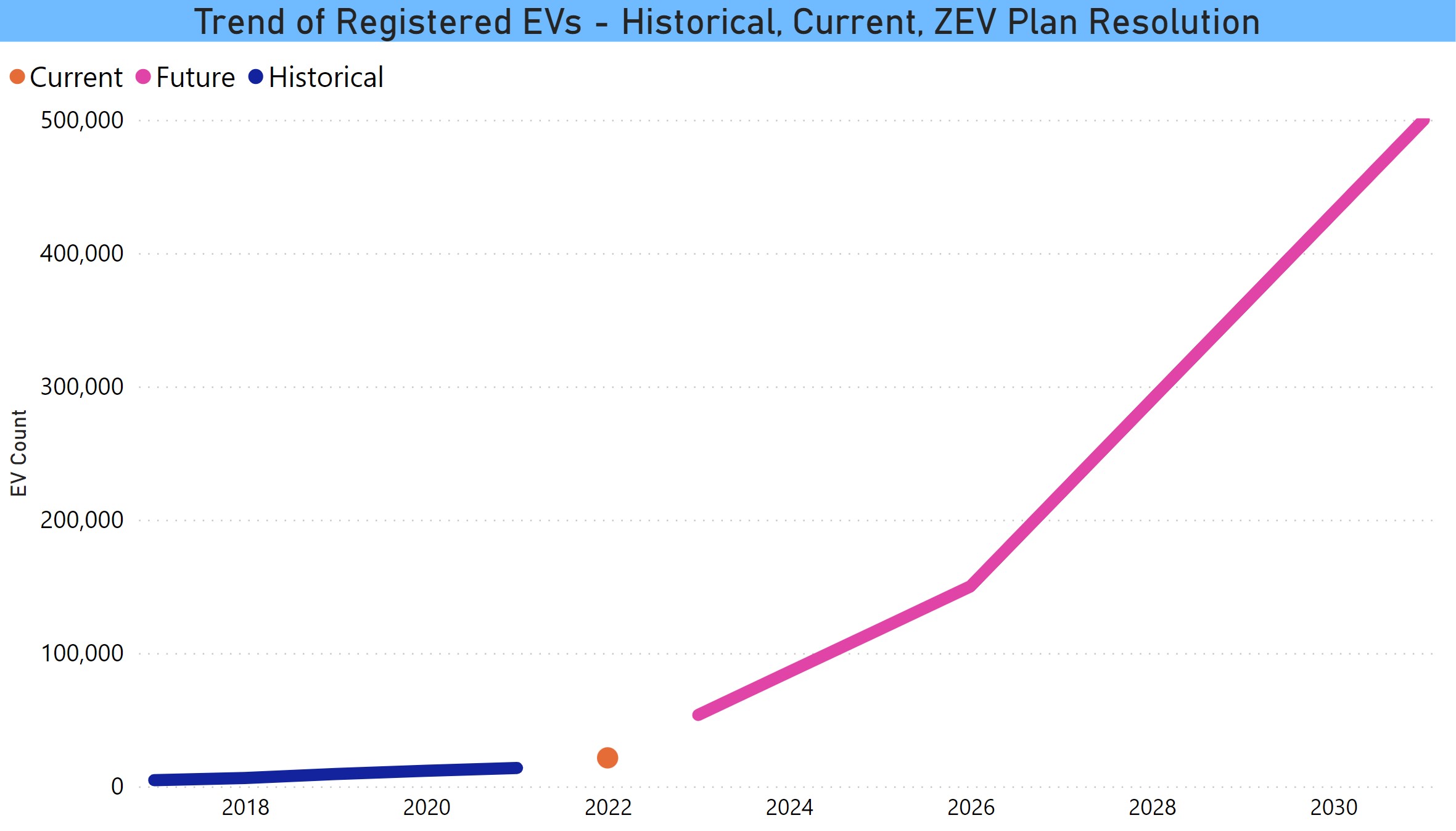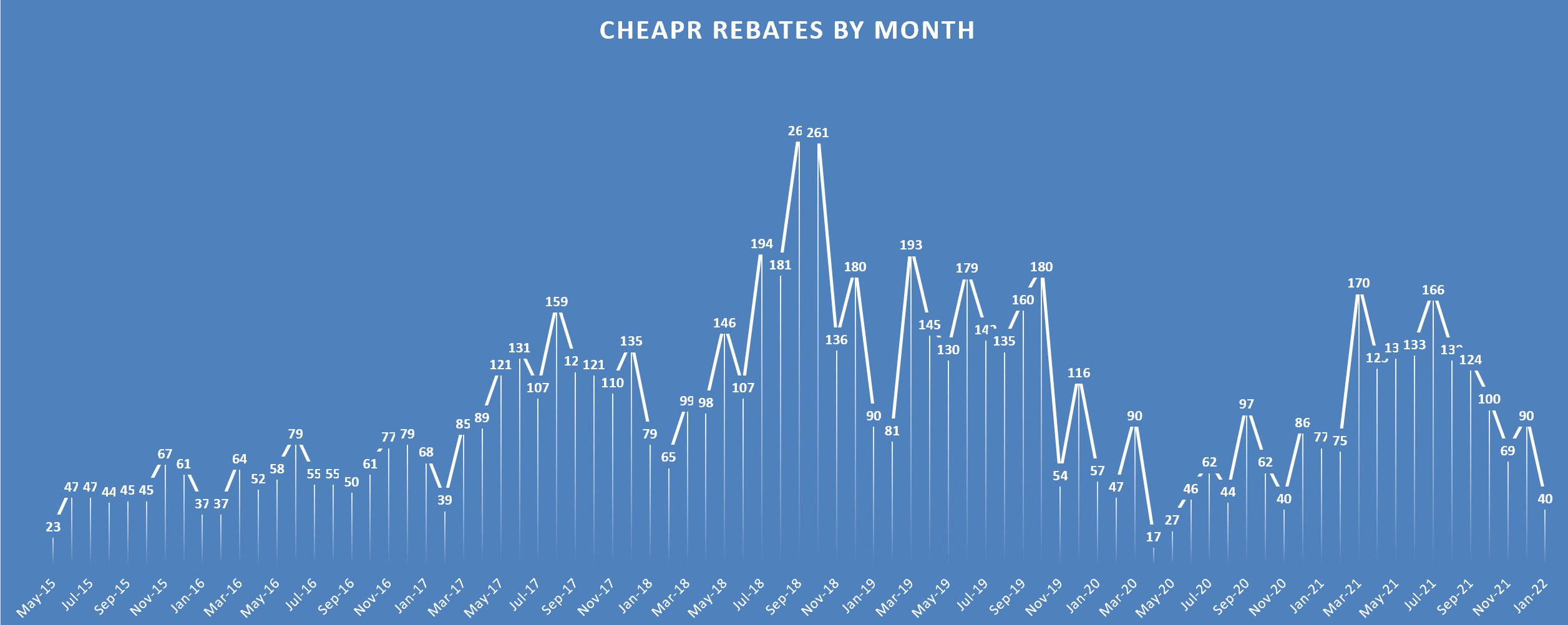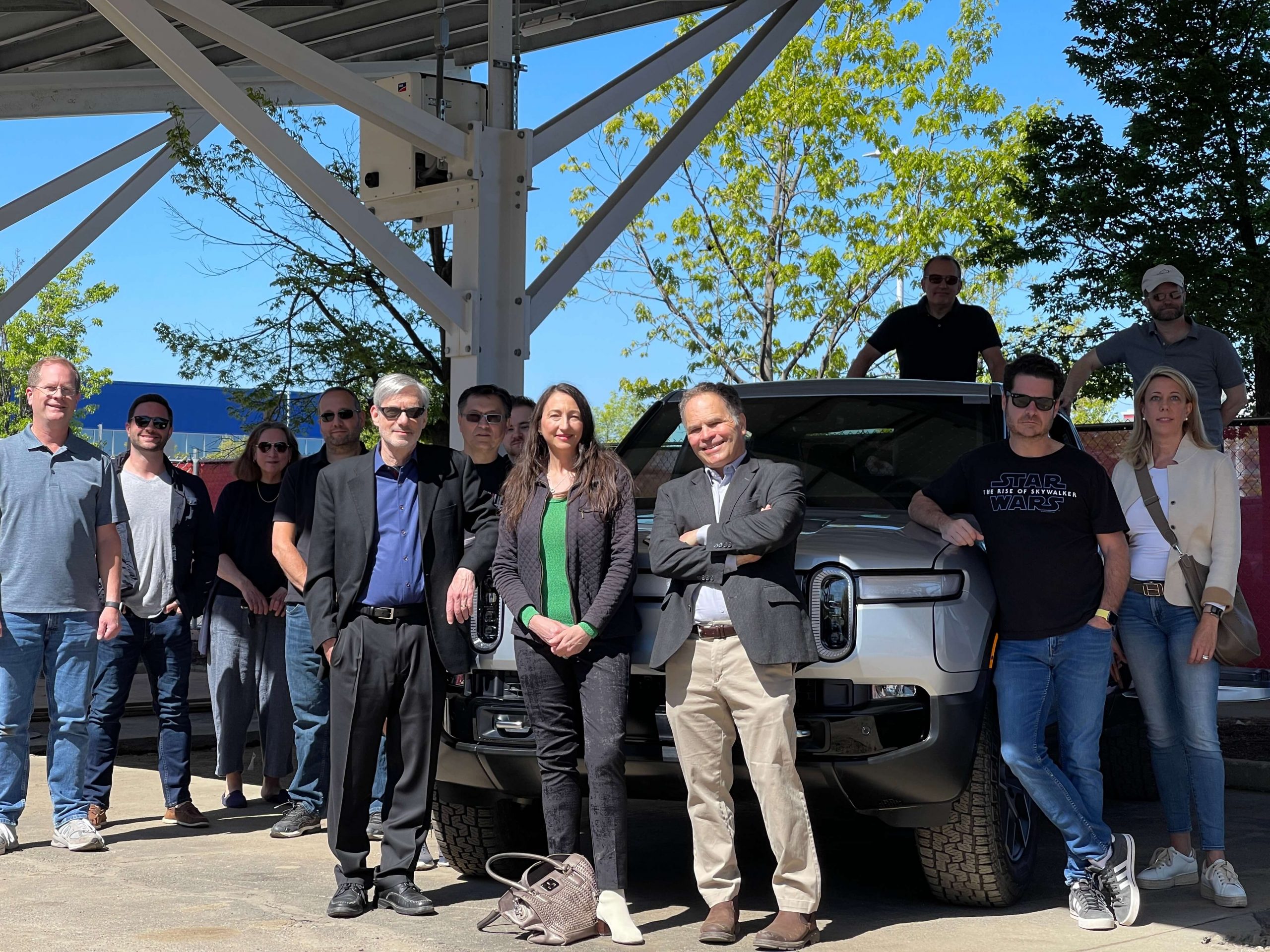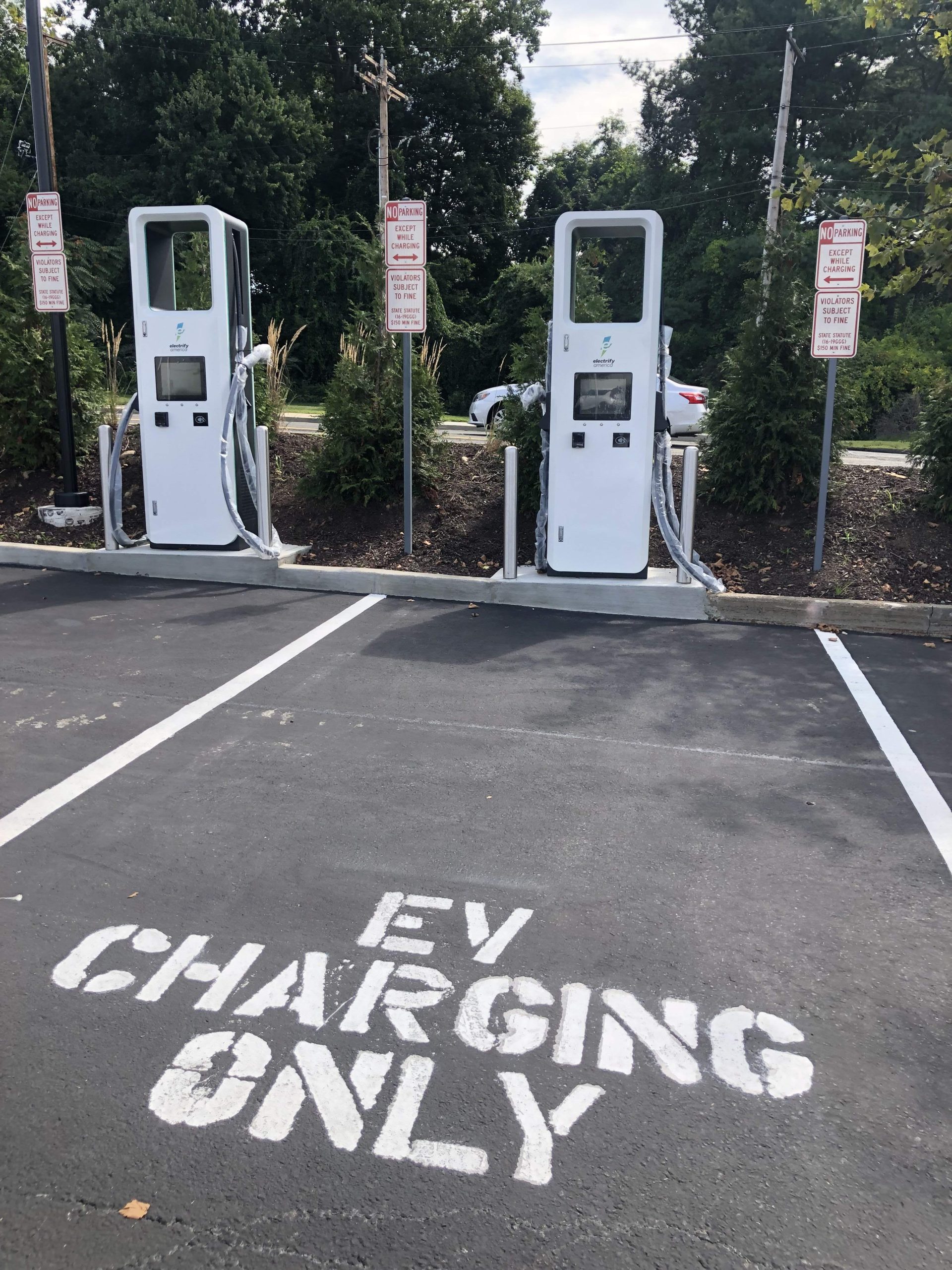Rapid Acceleration of EV Adoption Needed to Meet State’s Goal
Time to Get Moving There have been any number of data-focused posts on this blog tracking the details of EV adoption in our state, not to mention references to the goals the state has set … Read more







